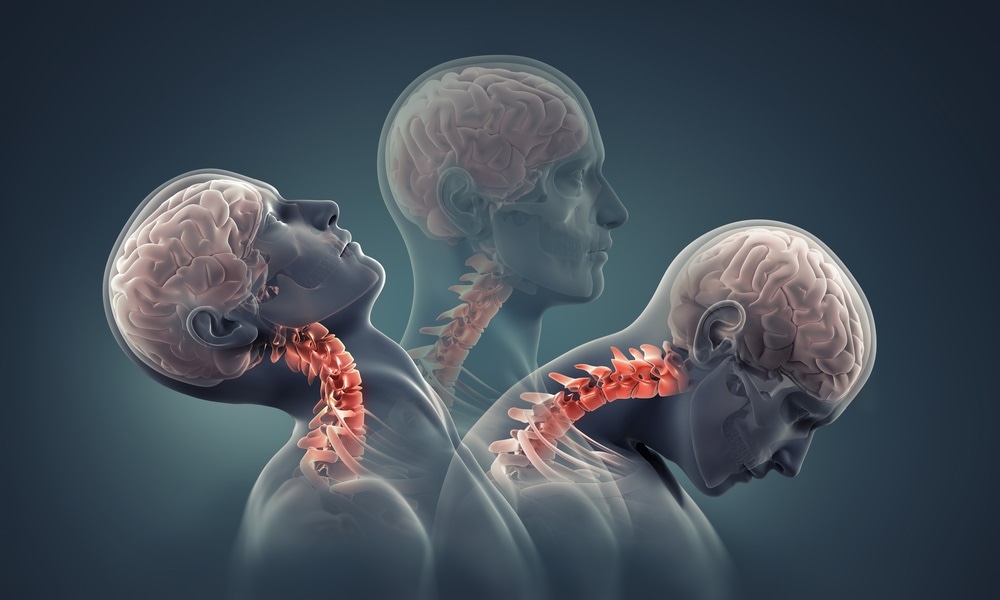
Modified stroke drug boosts injury repair in rats with spinal cord damage
Researchers at the University of California have found that adding a modified stroke drug to stem cells used to treat rats with spinal injury boosted the therapy and increased the animals' motor activity after just four months.
 Image Credit: adike / Shutterstock.com
Image Credit: adike / Shutterstock.comThe researchers were originally interested in whether the approach would reduce pain levels, which is usually the focus of the work conducted in the lab of Wendy Campana, a professor in the Department of Anesthesiology and Program in Neuroscience at the university.
Four months after treating the rats, researcher Yasuhiro Shiga reported to Campana that the therapy had not seemed to change pain behaviors. However, much to Campana's surprise, he later added: "Although ... some rats are actually really moving."
The difference among those rats was that the stem cells used to treat them had been conditioned with a modified form of tissue-type plasminogen activator (tPA), a drug commonly used to treat non-hemorrhagic stroke.
Spinal cord injury statistics
According to the National Spinal Cord Injury Statistic Center at the University of Alabama, an estimated 291,000 individuals are living with spinal cord injury in the United States, and an estimated 17,730 cases occur every year.
There is no way to reverse spinal cord damage, and no stem cell-based therapies have yet been FDA-approved for the injuries, which are currently managed with a combination of surgery, pain-management medications, assistive devices, and rehabilitation. Many efforts have been made to treat spinal cord injuries with stem cells, but success has been modest at best.
"The goal of stem cell therapy for spinal cord injury (SCI) is to restore motor function without exacerbating pain," writes the team in the journal Scientific Reports. "Induced pluripotent stem cells (iPSC) may be administered by autologous transplantation, avoiding immunologic challenges. Identifying strategies to optimize iPSC-derived neural progenitor cells (hiNPC) for cell transplantation is an important objective."
Modifying and adding tPA to hiNPC
tPA is used as a drug to break down blood clots and help blood flow back into the brain more easily in patients who have had a stroke. However, tPA is also a naturally occurring enzyme that boosts nerve growth and reduces inflammation. For the current study, Shiga and team used a modified, enzymatically inactive form of tPA that was still anti-inflammatory and pro-neuronal growth but would not have any effect on blood clotting, which could be dangerous in the absence of a stroke.
The team added the modified tPA to hiNPCs, which are the precursors to nerve cells. The team then administered either tPA-conditioned or unconditioned hiNPCs to the site of injury in a rat model of severe spinal cord injury.
After two months, the team found that rats treated with the conditioned cells still had 2.5 times more tPA-conditioned cells than unconditioned cells. Furthermore, these conditioned cells had started specializing in neurons that had axons growing from the treatment site and extending as far as four vertebrae away.
"It was striking to see"
Campana says this is unusual and that "it was striking to see" the tremendous improvements in the ability of the progenitor cells to survive in the injury cavity. "Just keeping these cells alive has been very difficult in past studies."
Even more surprisingly, the researchers found that the rats treated with the tPA-conditioned stem cells had a three-fold increase in motor activity, as measured by a scoring system that quantifies joint and limb movements, paw and tail positioning, trunk stability, coordination, and stepping.
Pain is an important focus of Campana's research, and, initially, the team had been most interested in this aspect of treatment.
The advantages of the approach
Although it may be many years before the approach can be tested in patients, it has two main advantages over other studies. Firstly, the use of iPSCs means the source of treatment would be a patient's own cells, rather than donated cells. Secondly, tPA has already been FDA-approved for use in humans.
Next, the team intends to investigate what exactly the modified tPA does at the molecular level to boost the growth of neural progenitor cells and enable them to help repair spinal cord injury.
Source:
Stroke drug boosts stem cell therapy for spinal cord injury in rats. EurekAlert. Available from: https://new.eurekalert.org/pub_releases/2019-12/uoc--sdb121319.php
Journal reference:
Shiga, Y. et al. (2019). Tissue-type plasminogen activator-primed human iPSC-derived neural progenitor cells promote motor recovery after severe spinal cord injury. Scientific Reports. DOI: https://doi.org/10.1038/s41598-019-55132-8






















.png)










No hay comentarios:
Publicar un comentario